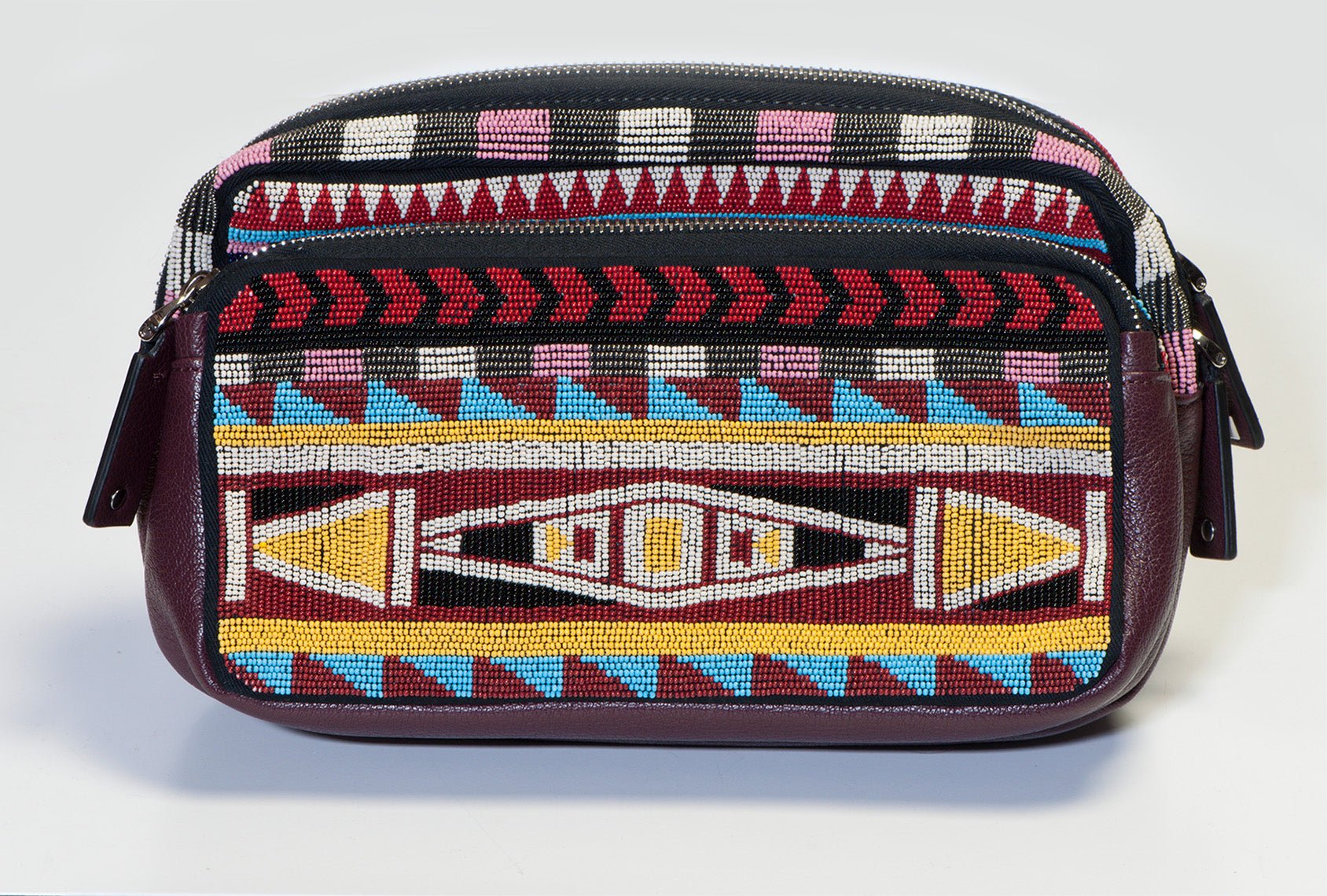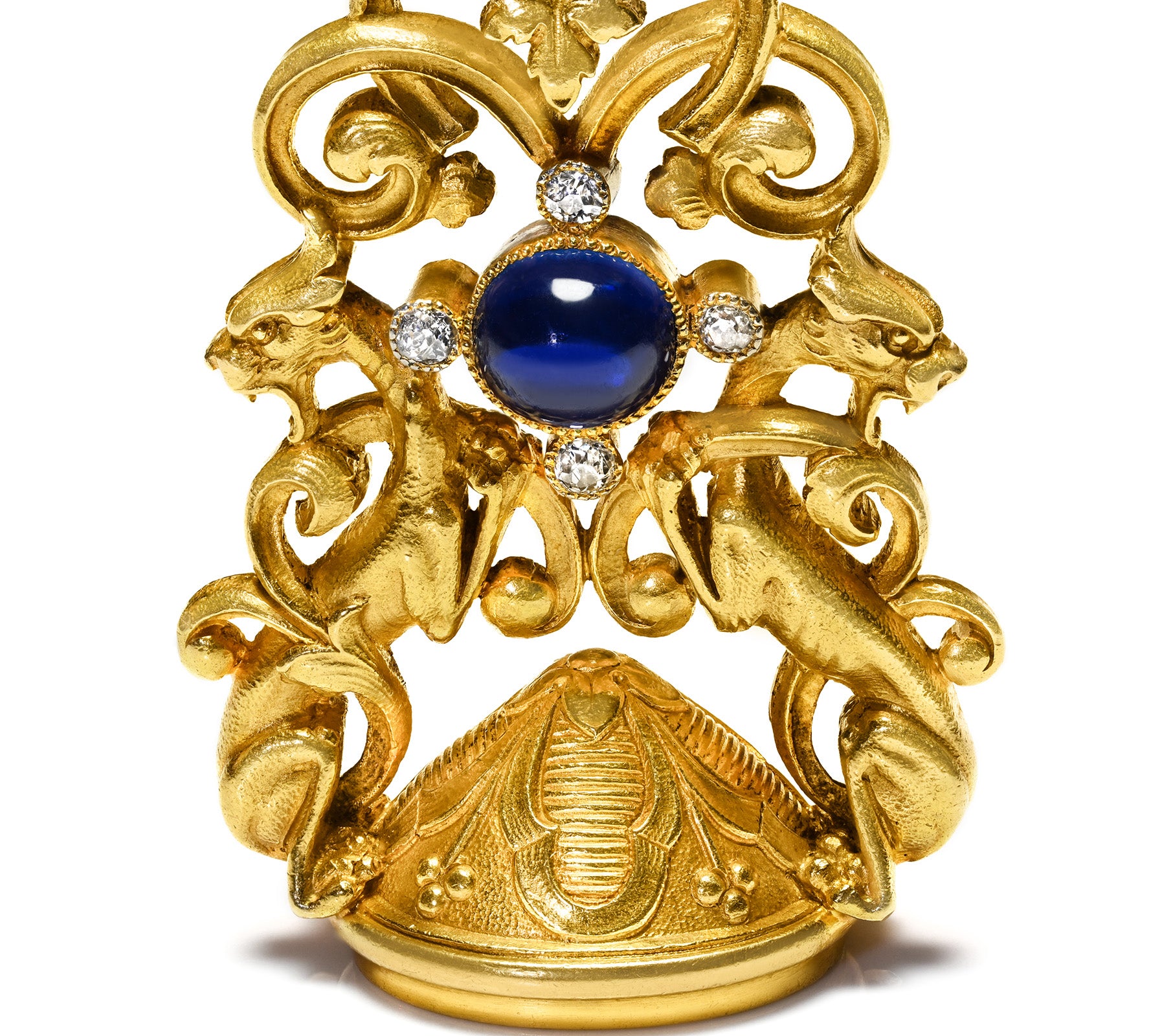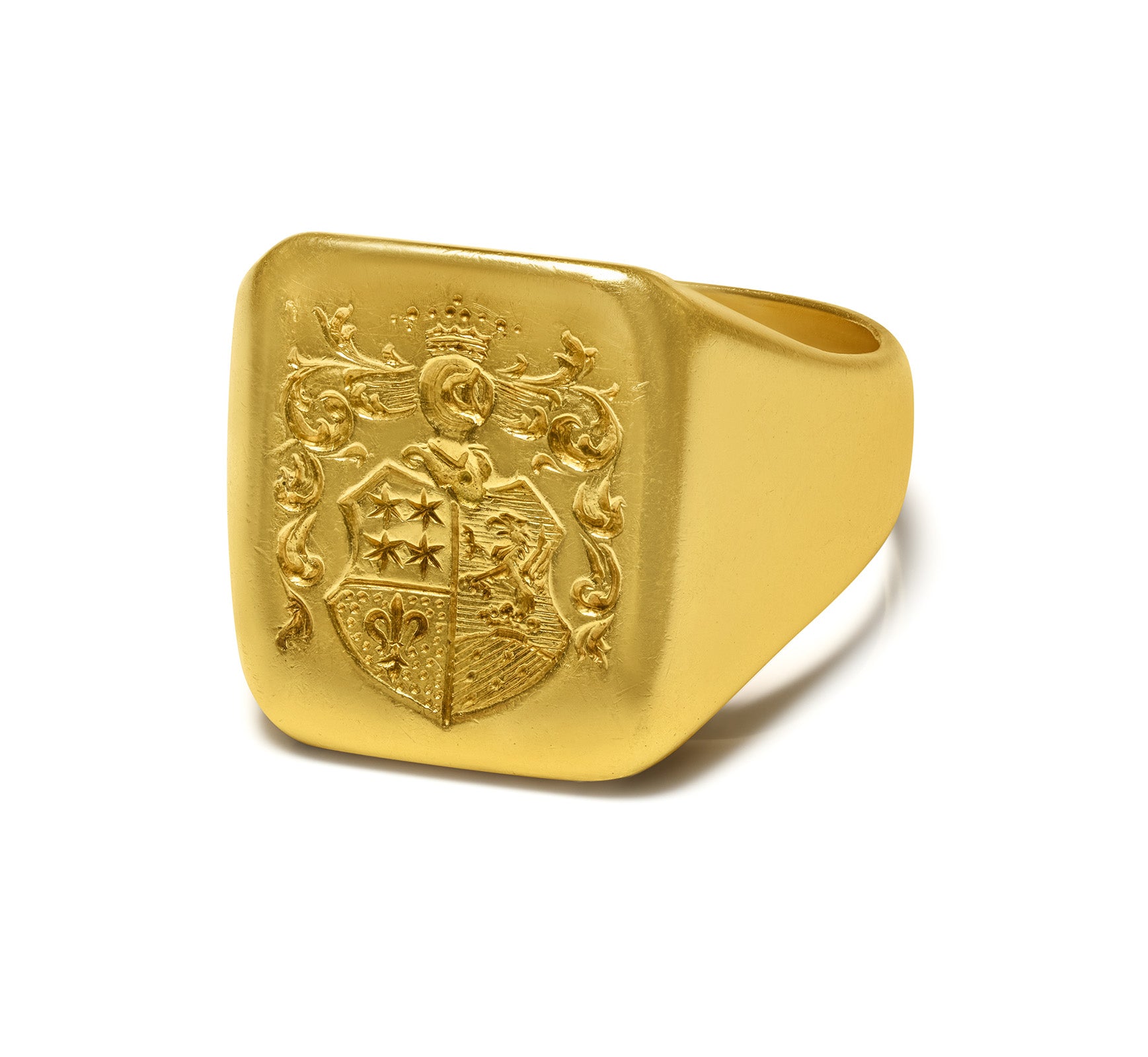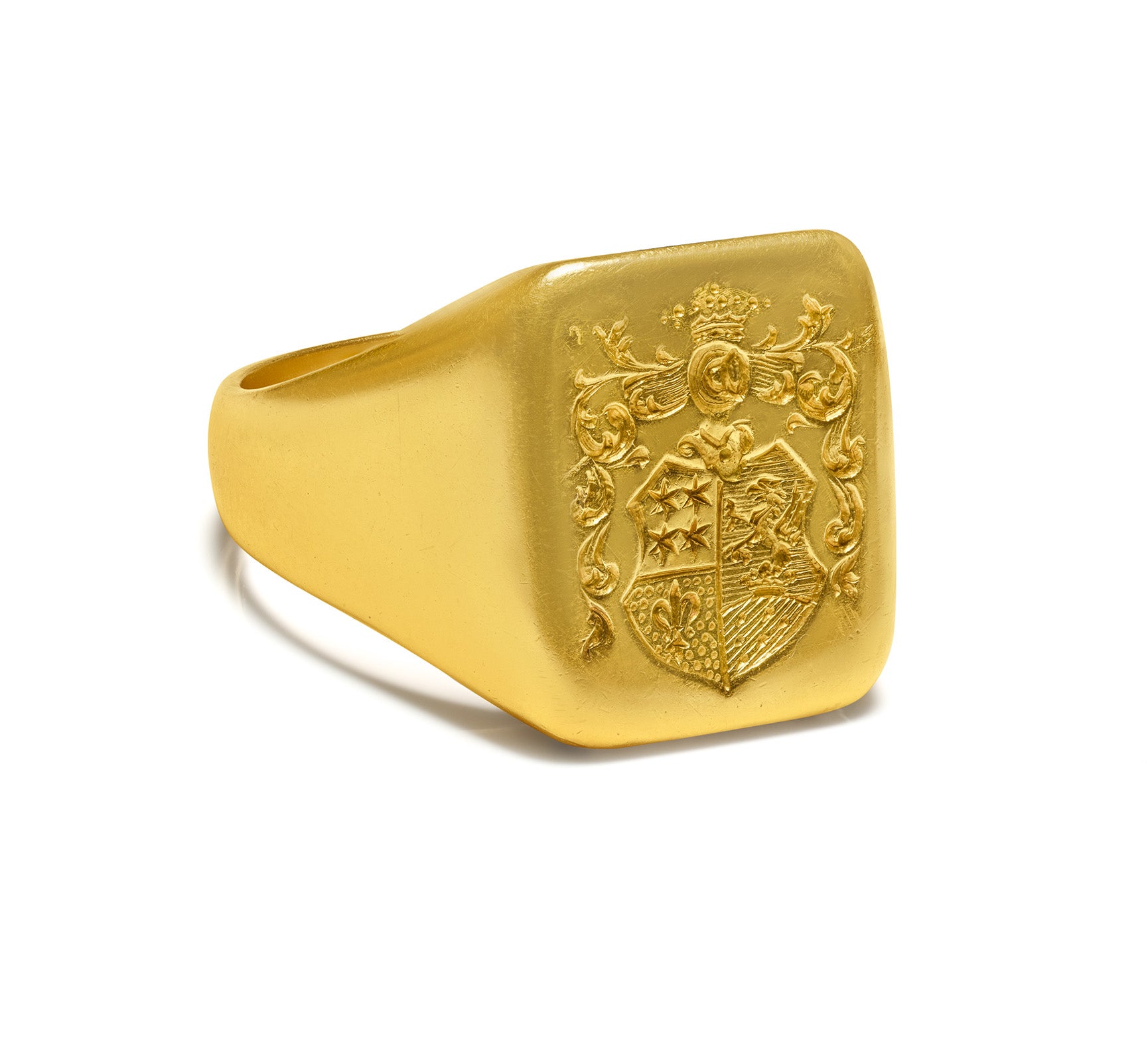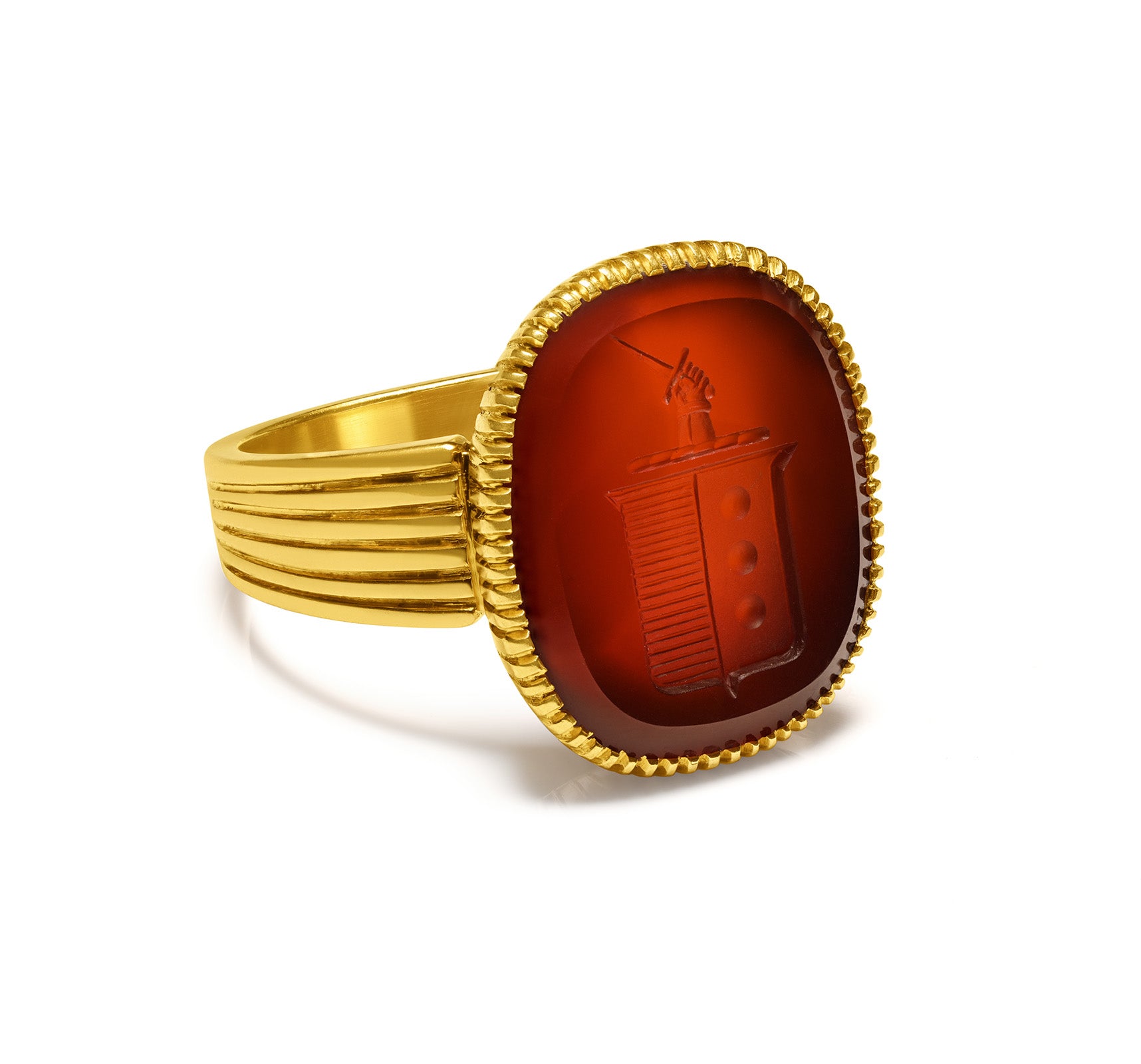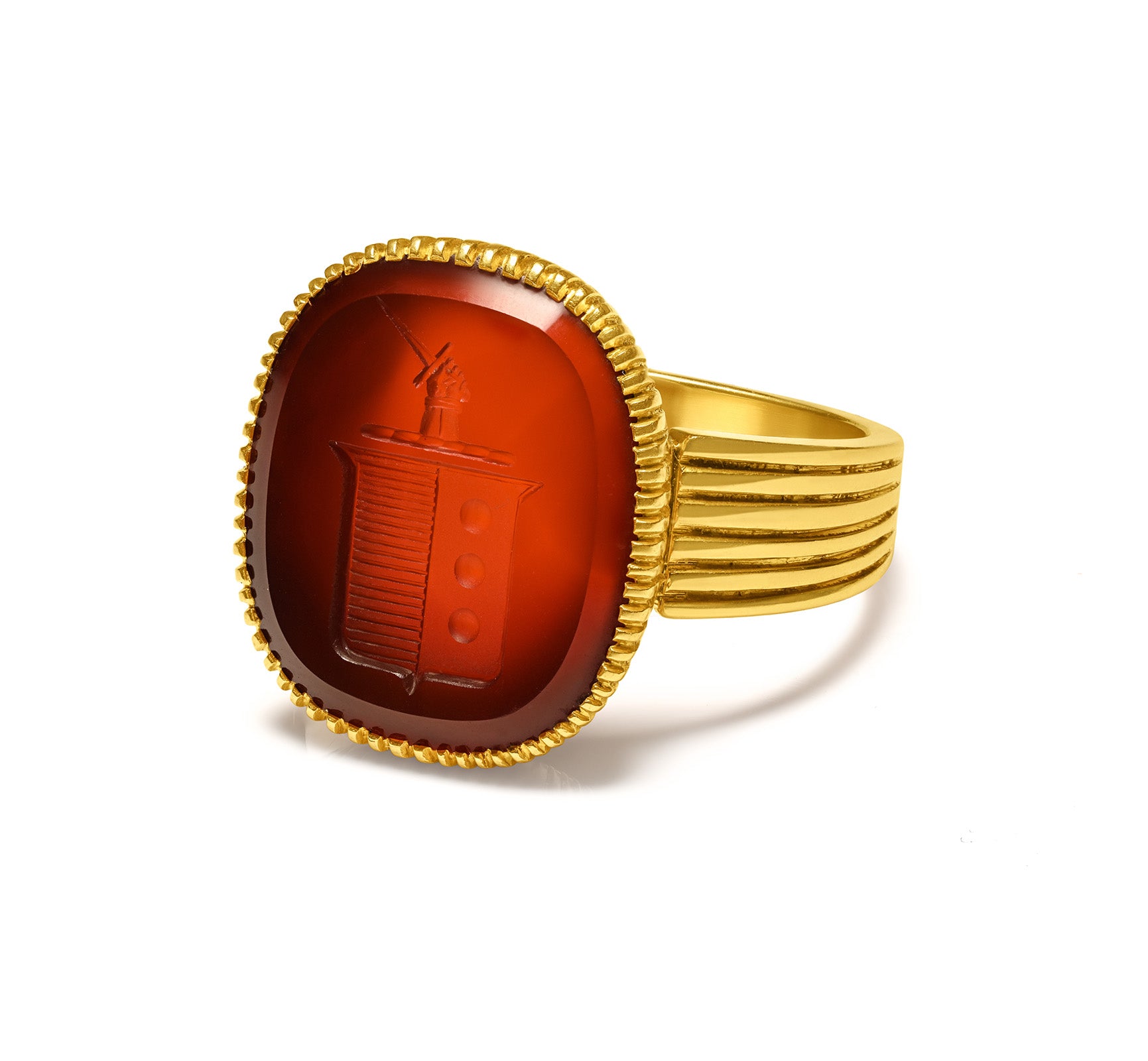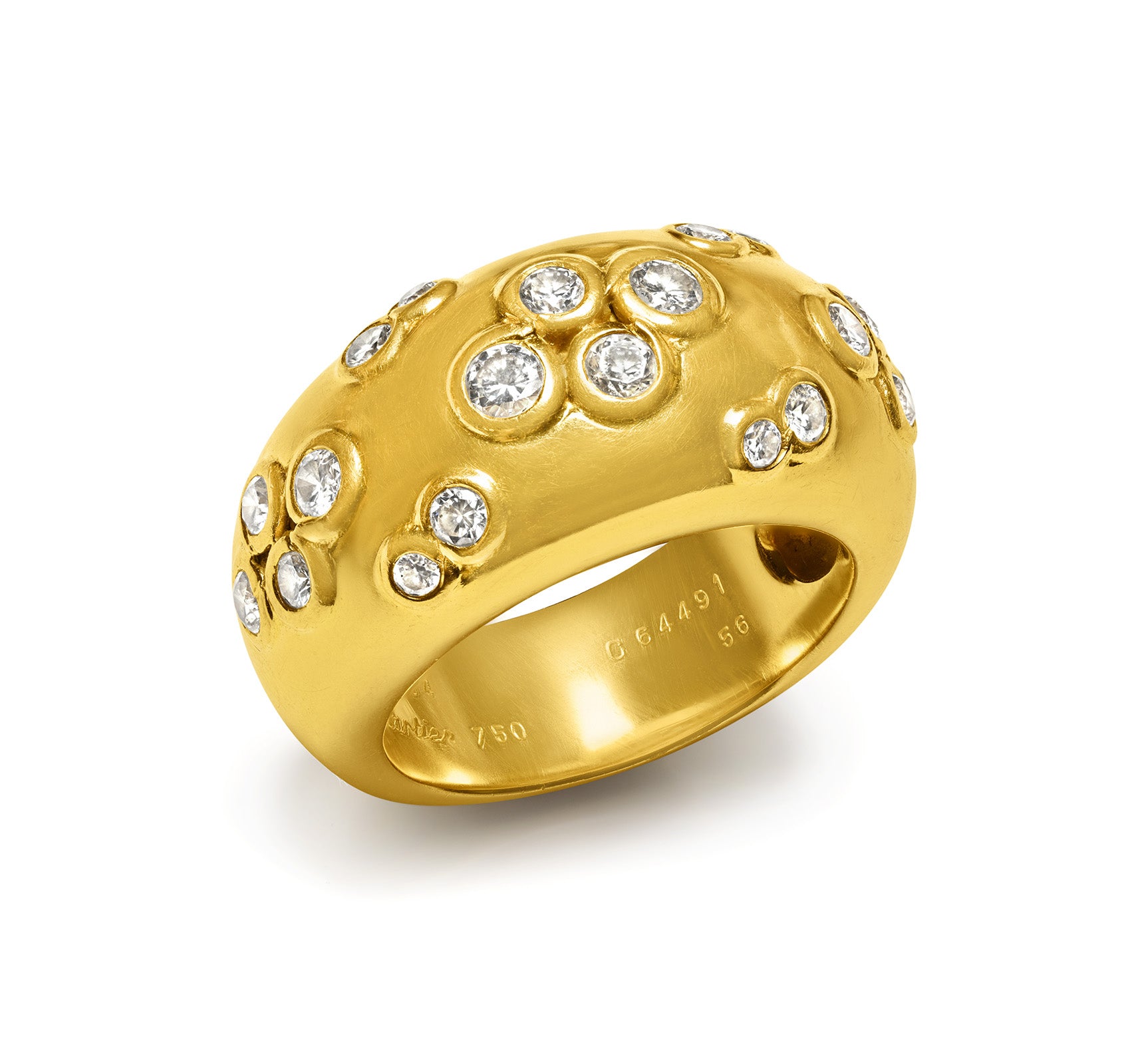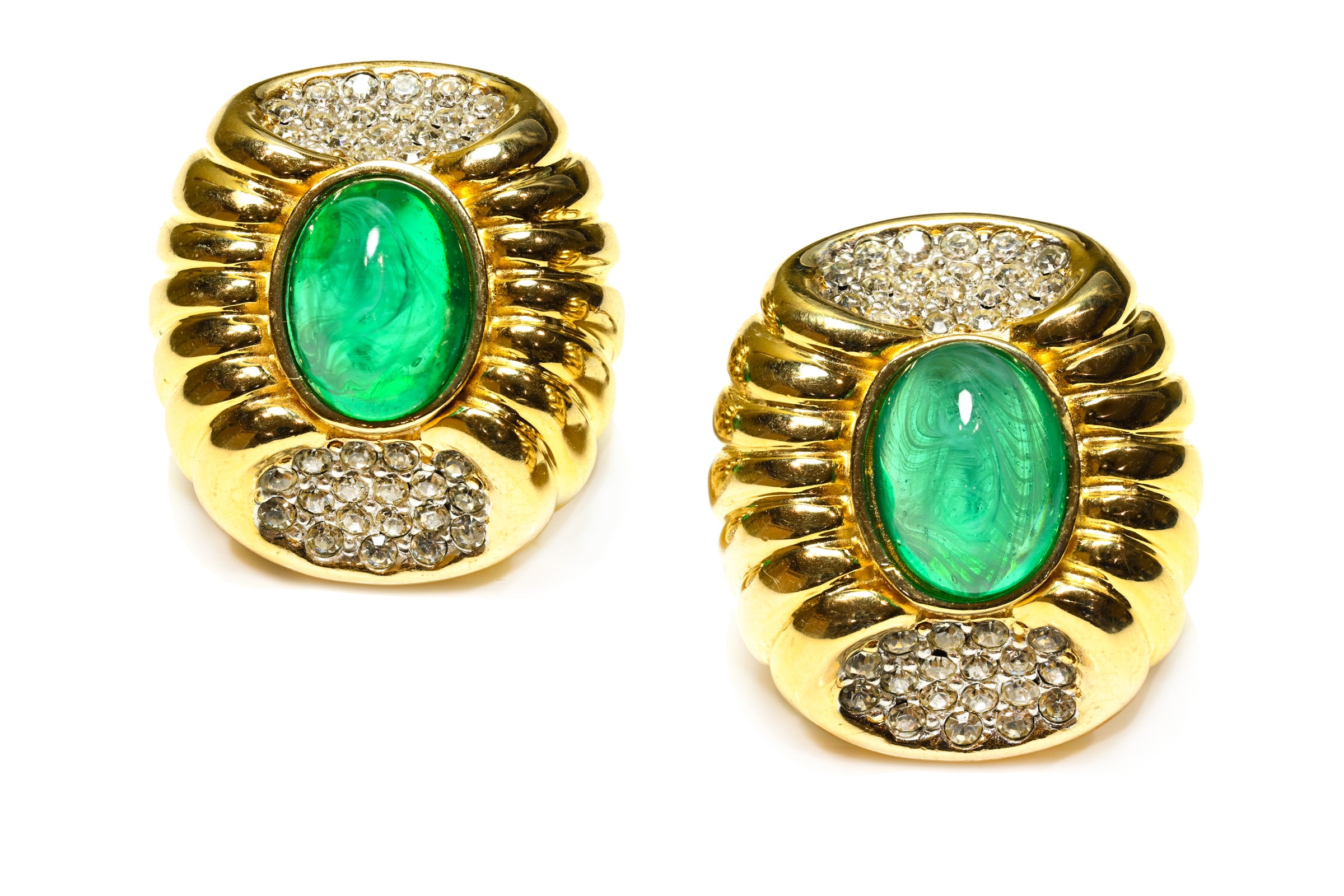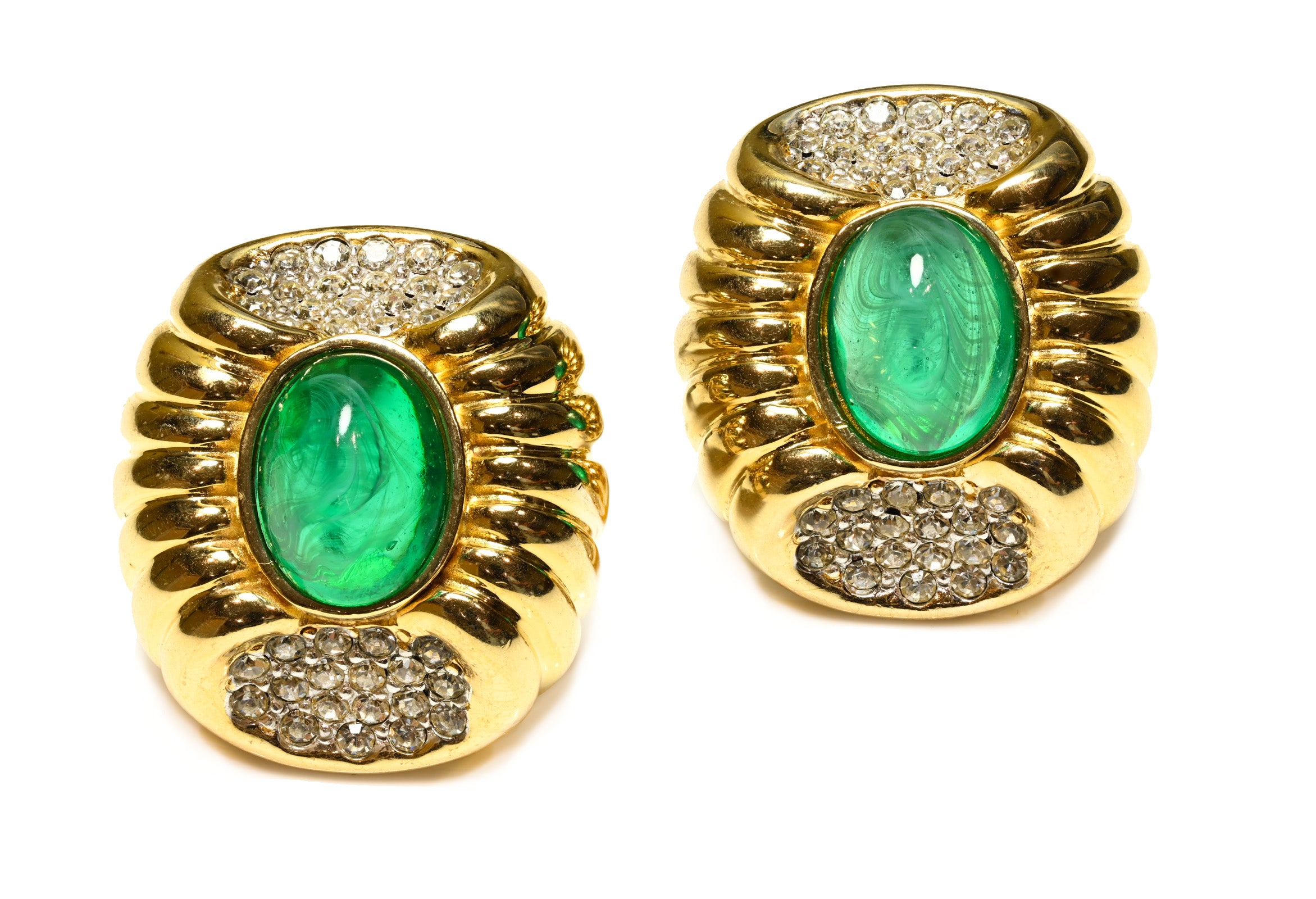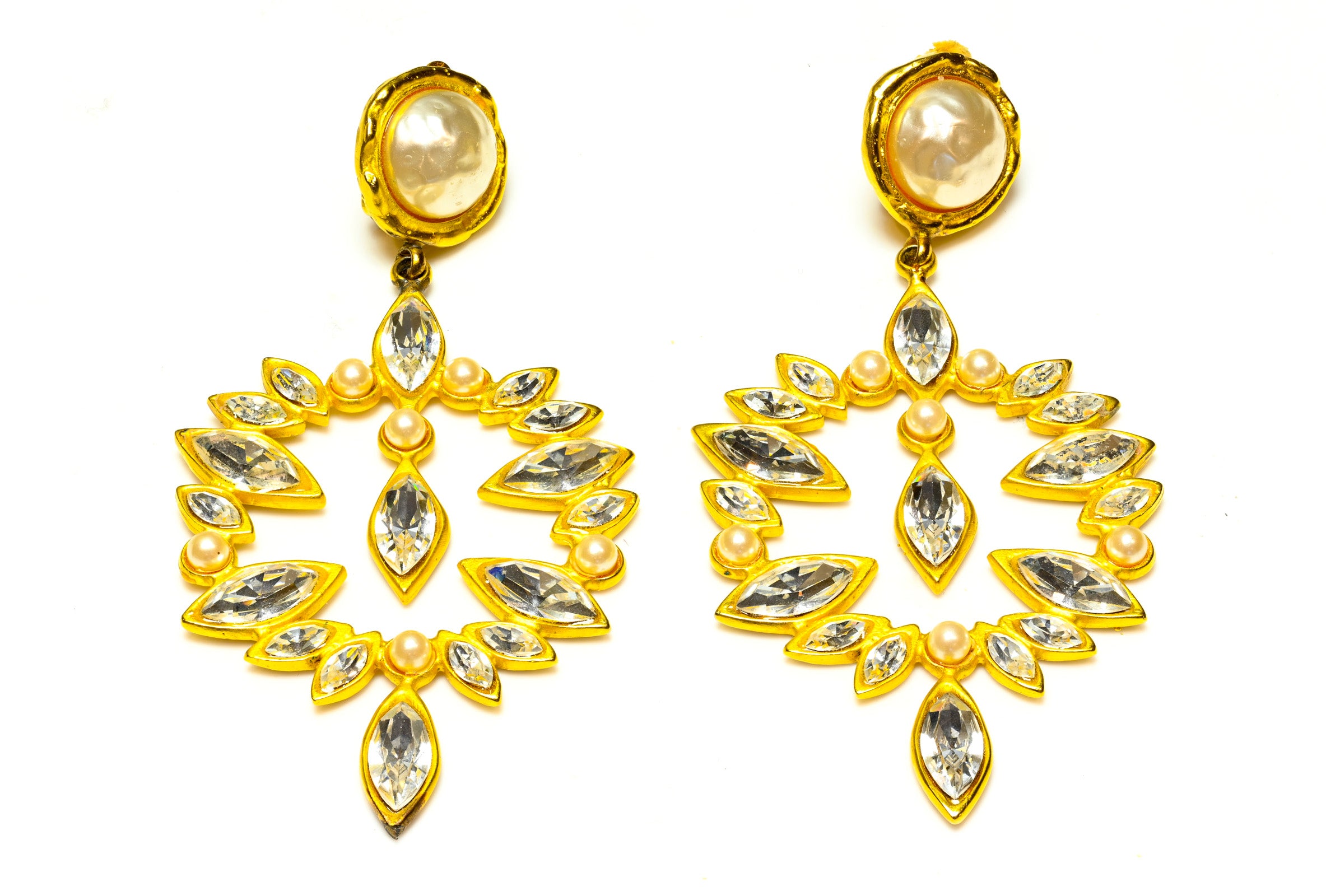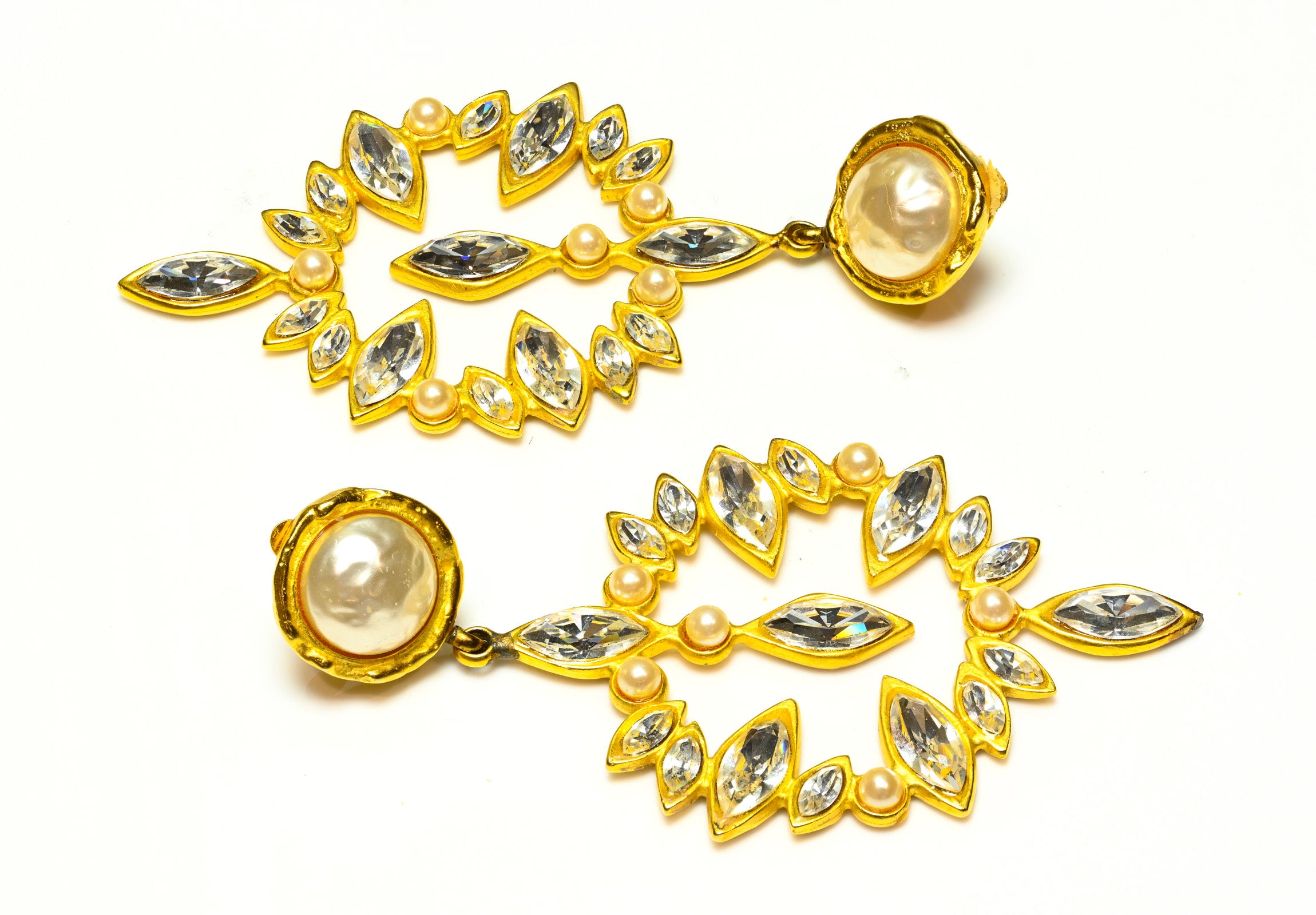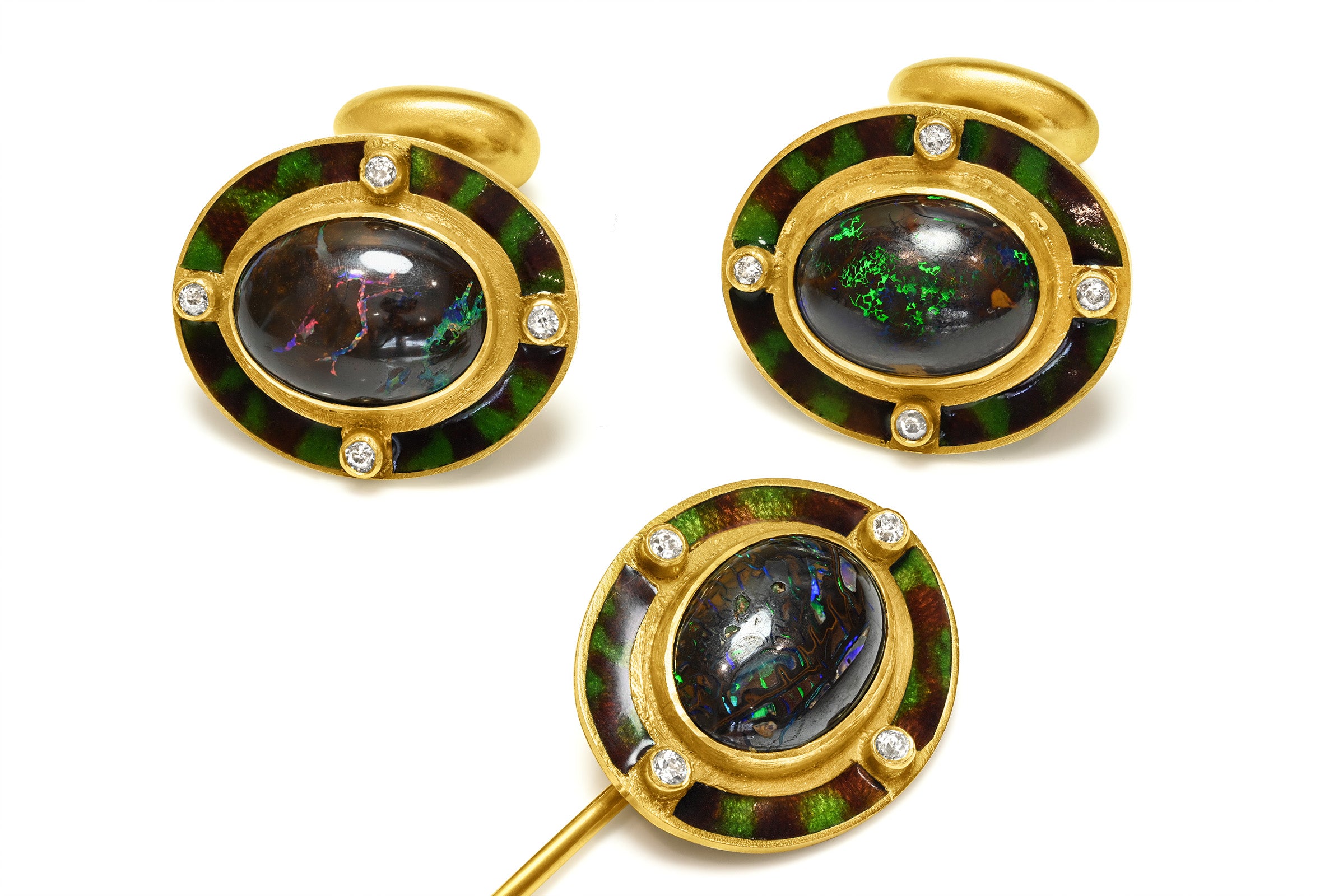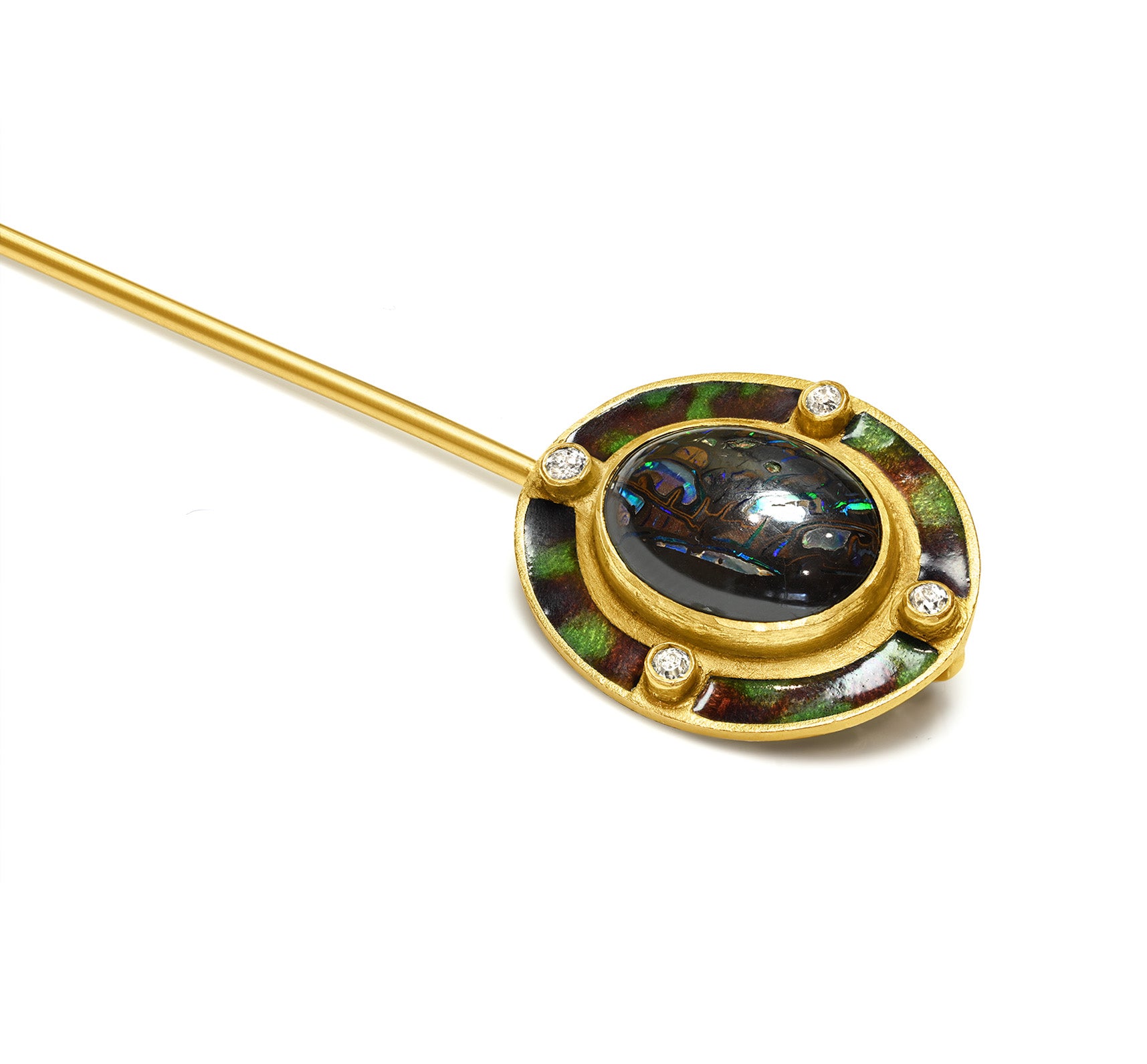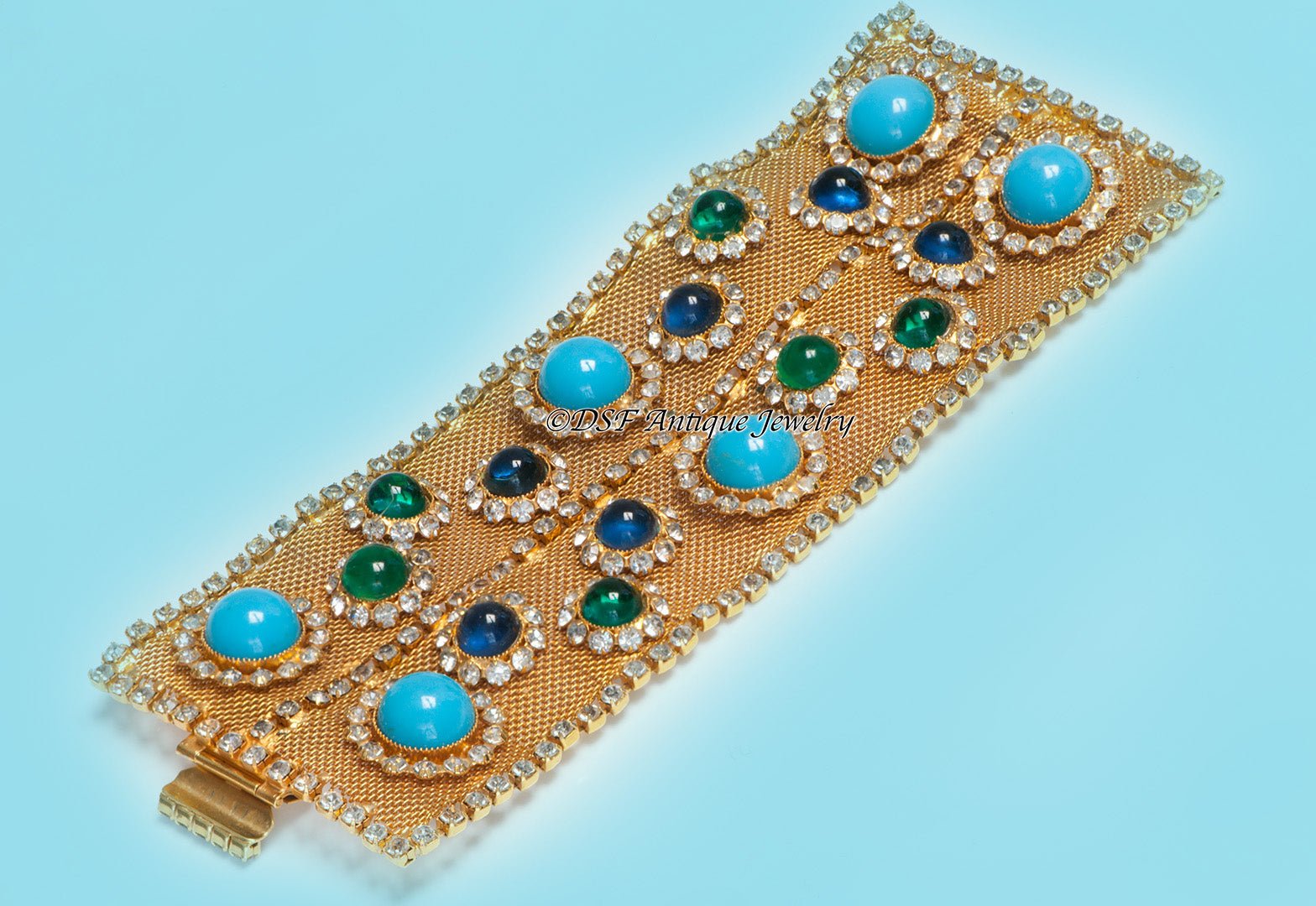
DeLillo Jewelry: An Enchanting Journey Into The Realm Of Magical Jewels
There are jewels that everyone has heard about. And then there are those pieces for the connoisseurs, for those who truly understand custom jewelry. DeLillo jewelry is in this special category.
Most people don’t know anything about DeLillo jewelry and the fascinating history of this special brand.
They know what they read but, there is also a lot of misinformation being spread around, explained collector and expert Carlos King in an interesting interview with Alexandrina, the representative of DSF Antique Jewelry.
The Origins Of DeLillo Jewelry
William DeLillo and Robert F. Clark manufactured and designed exquisite couture jewelry, something that you are very lucky if you get your hands on.
To start from the beginning we have to talk about Robert Clark. He studied jewelry and design in Pittsburg, Pennsylvania.
In 1958, Clark was hired by Miriam Haskell to come in and work as one of her designers, under Frank Hess, who was the lead Haskell designer.
In 1961, Clark was promoted as the lead designer of Haskell when Frank Hess stepped down, and also as vice-president of Miriam Haskell company.
And that lasted until 1967 when he got into a dispute about money and left. A step that got him closer to the next stage of his life and carrier: DeLillo jewelry.
So, many of you who are accustomed to costume jewelry may ask yourself why DeLillo jewelry and Haskell jewelry look so similar, and that’s the reason: Robert Clark’s techniques were used both in Haskell and DeLillo jewelry.
William DeLillo was born in Belgium and came to the United States. In 1953, he got a job at Tiffany’s New York, in the Jean Schlumberger’s Salon, under Jean Schlumberger.
He worked there until 1963. From 1964 until about 1966 he worked at Cartier and Harry Winston.
"If you are familiar with Jean Schlumberger jewelry, you will see the hand that DeLillo carried into his designs. Some of the designs look very Clark, which they are more Haskell-like, and some of them are more DeLillo, which are more Schlumberger-like," Carlos King said in his interview.
Who Is Carlos King?
Carlos King is a collector and an expert in DeLillo jewelry and, of course, in the interesting and unknown history of William DeLillo and Robert Clark.
Also, Carlos King is a curator and he works closely with the museum, collectors, and private collectors.
"By profession, I am an interior designer, a very fortunate and busy one, and that allows me to purchase beautiful things. I’ve started my collection 9 years ago. The first two pieces of custom jewelry that I purchased were an Isabel Canovas bracelet and a DeLillo neckless, and that opened Pandora’s gate for me," Carlos said to DSF Antique Jewelry.
At one point, Carlos had about 3.000 DeLillo jewelry pieces.
Also, Mr. King is one of the two historians that know and can authenticate DeLillo's jewelry.
"I had no idea who was the designer when I bought the first DeLillo jewelry. And I wanted to know more, more, more until I pretty much discovered everything there is to know and I accumulate a very large archive of DeLillo," said the expert.
"So, the first piece that I bought of DeLillo was made in 1969. It is very large, a unisex necklace, for men or women. All of these black stones were custom-made by Swarovski for DeLillo and Clark."

"It’s such a beautiful piece and, now that I know a lot about DeLillo jewelry, I can tell you that five of these were made. This is one of the five. And this is the second one I have of these, the other one is in a private collection in Canada," Carlos added.
DeLillo and Clark Joined Forces
DeLillo and Clark ended up joining forces in 1967 after they both left their employment.
Their collaboration started with the goal of creating private jewelry collections only for themselves, where they could use the designs and techniques that they learned at different famous fashion houses.
In 1968 William DeLillo Limited was formed.
"They wanted to create a personal collection that was unusual, timeless, and that it really embodied craftsmanship," said Carlos.
It took them 30 years to achieve their goal and their private collection of their own personal jewelry came to number 300 pieces.
Asked why have they created only 300 DeLillo jewelry pieces, Carlos, which owned 250 of them, explained:
"Those 300 DeLillo jewelry are creme de la creme, museum pieces that are extremely elaborate. Some of the pieces they worked on for 6 months, they put them away, and a year after they put them back out and worked on them again. They worked on these pieces themselves. So 300."
According to Carlos, the biggest misconception that people have of DeLillo jewelry it’s the value of it.
"You can see a lot of inexpensive jewelry on eBay, and that jewelry was mass-produced from 1968 to 1971 when they had their showroom in New York City. They did mass productions of jewelry for Neiman Marcus, Saks Fifth Avenue, and I. Magnin," the expert added.
Some Delillo jewelry is not signed, however, and for this reason, they are very difficult to identify.
Creations
One of the first pieces they did was in 1967 before they started the DeLillo jewelry brand, and it was made for Gloria Vanderbilt.
It was a huge necklace to wear to the black and white ball Truman Capote hosted. So she was their first official client.
DeLillo started off as men’s jewelry. One of the first pieces from the men’s collection was done in 1968. It’s all intricate, and very beautiful.

"This is one of the first pieces they launched. The Los Angeles county museum has one example of this and the Met Museum also has one. I believe they have about five DeLillo jewelry in the Met," Carlos explained.
The first pair of earrings DeLillo and Clark designed was in 1968. All glass. It was manufactured in New York. They come only in white.
So, DeLillo and Clark had a large celebrity clientele.
Liza Minnelli, Elizabeth Taylor, Andy Warhol, Gloria Vanderbilt, and miss Christina Ford from Ford Motor Company, as well as the Duchess of Windsor.
DeLillo Jewelry Types
There are two different types of DeLillo jewelry. There is the jewelry that was manufactured in New York and the jewelry that was manufactured in Paris.
DeLillo and Clark moved to Europe later in their carrier and created some beautiful pieces for some major fashion houses.
In New York, they got the attention of Adolfo, Bill Blass, and Chester Weinberg, and they created special collections for them.
"One of my favorite necklaces is done for Adolfo and is very large. You can see the beautiful craftsmanship. It’s a heavier necklace and all of these pearls are glass, and all of these green and red beads are glass.
The green ones are french glass beads and they came from France. Because DeLillo bought pieces from France for Haskell jewelry. It looks like Channel, but it’s for Adolfo. There were five of these necklaces made and this is the only one that I’ve seen," Carlos said.
Also for Adolfo, DeLillo and Clark designed a polka dot collection.
Another interesting piece of DeLillo jewelry is this pair of earrings, in Mughal style. It’s Turquoise glass and french red glass beads.
This pair was made for the American market. They are statement earrings.
"A sample prototype necklace. They only made one of and they kept it for their private collection. All the stones are customed Swarovski stones. This necklace is gorgeous. You will see DeLillo’s hand and also what he learned from Schlumberger," Carlos explained.
Not The Friendliest
DeLillo and Clarke weren’t the friendliest of men, they were snobs and elitists. They were a bit more selective.
Even though they mass-produced for the American market, they were still very selective.
That’s why you really don’t see much of the DeLillo jewelry for sale now, and you didn’t see much of their jewelry for sale then.
They also created one-of-a-kind pieces for celebrities and their society clients to wear and that’s why some of their pieces are very scarce.
It is possible that DeLillo and Clark were snobs because they already were very well established financially, so they didn’t really have to sell jewels just to make a living.
But, according to Carlos, this was also because they wanted just to keep the DeLillo jewelry brand very exclusive.
They didn’t want the common person to have it. Even in the 60s, 70s, and 80s, their jewelry was still expensive for those times.
Some DeLillo jewelry was more expensive than Channel jewelry or fine jewelry of that time.
"It was very common for DeLillo and Clark to sell some of their couture pieces for upward of 15.000 dollars. They ranged from 15.000 dollars to 45.000 dollars, some of their more elaborate necklaces," pointed out Carlos.
Also, perhaps a lesser-known fact: they also designed furniture.
Paris
In the mid-70s, DeLillo and Clark moved to the south of France. They become very good friends with Madame Gres.
They were also very friendly with baroness Nadine de Rothschild, who really opened the doors for them in Paris.
At one time, the baroness hosted a private party in Paris, where they showcased a lot of DeLillo jewelry.
The baroness invited all the very wealthy society clients and heads of fashion design companies to meet DeLillo and Clark.
So, the two artists met the head of Nina Ricci, Schiaparelli, and Chanel, and that really opened all the doors for them in Paris, not only as jewelry designers but also as sculptors. Yes, sculptors - they worked in bronze.
In Paris, they made collections for Nina Rici and Schiaparelli.
DeLillo and Clark not only made the jewelry designs but also made the actual pieces. Still, in New York and Paris, they had people who worked with them in the workshop.
When DeLillo and Clark moved to France, one of the things that they wanted to do is to design jewelry for Chanel.
This was in the late 70s. So, DeLillo and Clark designed a collection of five pieces of jewelry for Chanel.
Eventually, the duo bought a castle in the south of France, where they worked on DeLillo jewelry and sculpture.
A Unique Set
The collection of the two designers is wonderful and contains pieces for all tastes.
But we would like to draw your attention to a more special DeLillo jewelry, about which Carlos has the following to say:
"You will see DeLillo’s simplicity and geometry, and the intricacy and technique of Clark, in a floral motif. This I found with the original price tag. This was in a private collection. The necklace was 24.000 dollars, the pin was 10.000 dollars and the earrings were 5.000 dollars. This was the late 70s, the early 80s."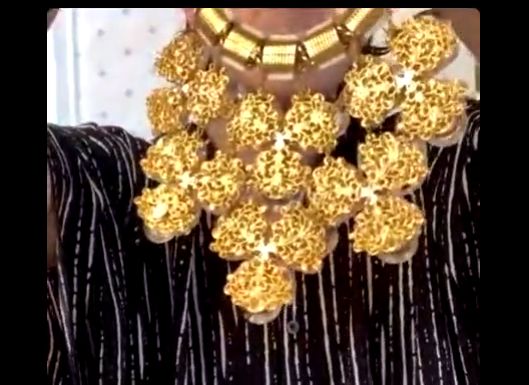
"Wow. This is stunning. Look at the intricacy. And it’s not white, but ivory white. Stunning. This is Haskell style. So elegant," was the reaction of Alexandrina, DSF Antique Jewelry expert.
"You can see the inspiration of nature and flowers. The chain is symmetrical and speaks of DeLillo, and the bottom is Clark. So, this really represents the relationship to me. I find this piece to be very special. This is the essence of both of them," Carlos continued.
DeLillo and Clark kept a record of every single piece in their collection, what year was made.
Still, really surprising was the fact that they did not keep a record of the cost.
"I think the DeLillo jewelry it’s extremely undervalued because the people didn’t know about them," concluded Carlos.
Masked ball, the wedding of your dreams, or an anniversary gift. Whatever the occasion, DeLillo jewelry is a more than appropriate choice.

